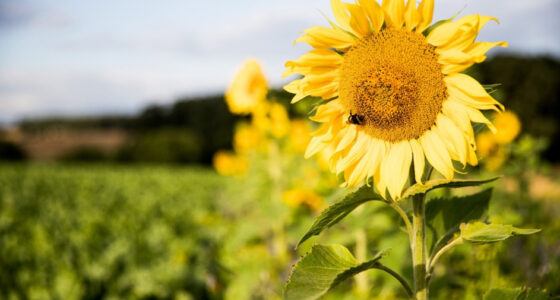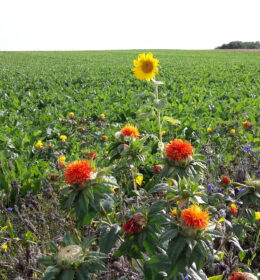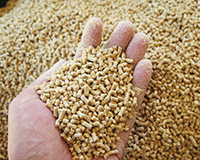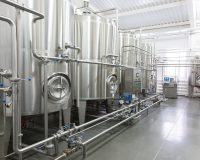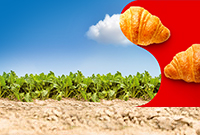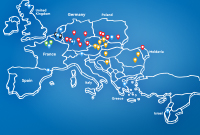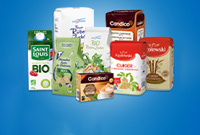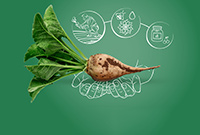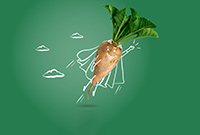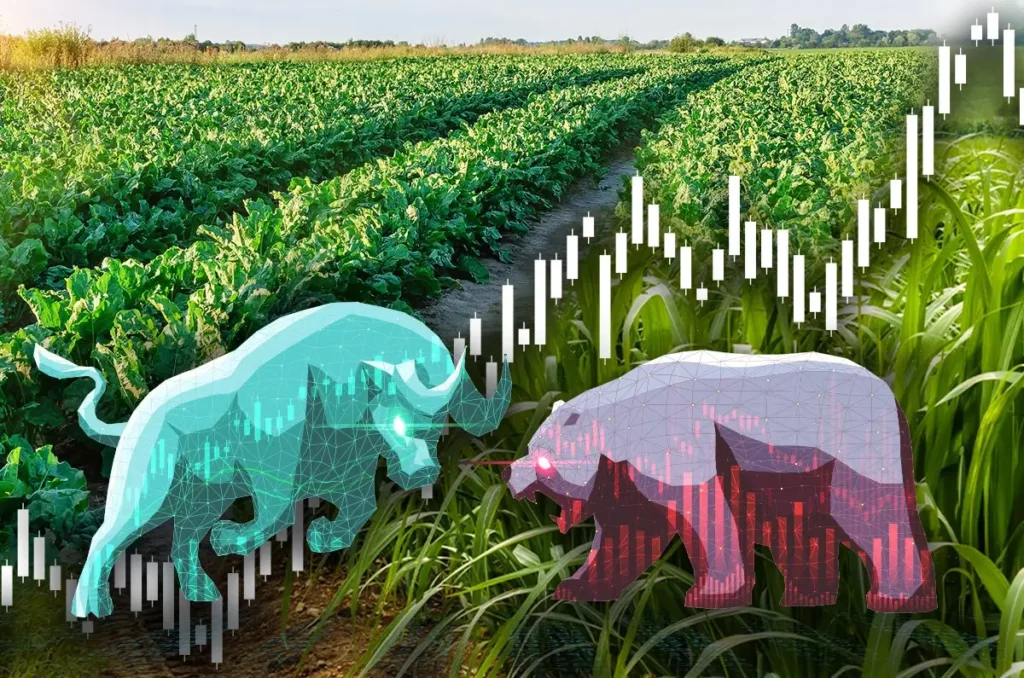
A Paucity of Bearish News in the International Sugar Markets
Guest Article by © Julian Price
Sugar stakeholders gathered together this year in person at conferences in Dubai (February 2023), Geneva (April) and in New York (May). The mood at all three gatherings was unremittingly bullish – whilst the bears … where are the bears? … are they still hibernating?
The prices of sugar in all markets have soared since the shock of Covid in March 2020, including the global benchmark ICE #11 raw sugar futures which has reached levels not seen for 11 years, driven upwards by concerns about supply versus demand in the coming 2023/24 marketing year.
The proximate spark that lit the sugar market on fire was an unexpected reduction of sugar production estimates in India [1]( ); on 27 April 2023, the Indian Sugar Mills Association (ISMA) revised downwards the country’s sugar production estimate to 32.8 million tonnes for the current marketing year from an earlier estimate of 34.0 million tonnes. In Thailand, the sugar crop is expected to be the second lowest in 14 years [2] and meanwhile in China, the ministry of agriculture lowered its forecast for 2022/23 from 9.33 million tonnes to 9 million tonnes [3], the lowest in seven years, citing drought in Guangxi, the main cane growing region, prompting local sugar prices to rise from around 6,000 yuan/tonne to nearly 7,000 yuan today (about US$1,000 a tonne) [4].
Expectations had been that China would import 5.5 million tonnes of sugar in 2023, but that estimate would seem today to be too low, even given the expected smuggling from Cambodia and Myanmar. And further reductions in supply estimates in other regions have added fuel to the fire in the market as the El Niño weather pattern becomes more and more likely according to the World Meteorological Organization [5] and as increasing logistical difficulties of getting sugar to market have not yet been alleviated – witness the lengthening queues of ships waiting to load in Centre-South Brazilian ports notably Santos and Paranagua), although loading activity should accelerate with the onset of dryer weather. Everywhere you look, global sugar production estimates seem to be retreating from earlier expectations owing primarily to poor weather, and hopes of a reprieve continue to be dashed as the weather continues to be unfavourable for agricultural growth, harvesting and logistics.
The world continues to rely on Brazilian sugar; by some estimates, this year will see over 90% of the world’s freely and internationally traded supply of sugar coming from Brazil as new Indian sugar exports have all but ceased and Thailand looks towards a lower crop as farmers in Thailand switch from sugar cane to cassava (tapioca). Brazil is expected to produce 40.3 million tonnes this year (2023/24) according to Job Economia [6], a research consultancy in Brazil, with a strong focus on producing sugar from the available cane rather than ethanol for motor fuel (the Brazil ethanol/sugar mix is expected to be 47% to 48% this year). But as mentioned, with a large soya and other export crops expected this year, there is huge pressure on export logistics in Santos and Paranagua. India, meanwhile, is likely to divert more and more cane away from sugar production to ethanol as the country aims for an E20 blend of ethanol in its gasoline by 2025 [7], and there are similar constraints, not the least of which are environmental constraints on sugar production worldwide.
Meanwhile, demand for sugar in the international markets seems to remain quite strong, so far apparently unaffected by the high prices. That strong demand is primarily for refined sugar – and so we see the “white premium” trading at up to $140 per tonne (basis July/August).

The white premium has been driven by the high energy costs of refining raw sugar into white sugar, general inflation and a weaker US dollar, but even so, $140 is an historically a high number. And to add to physical global demand, speculators are also driving up international sugar prices – the net speculative long position of traders in the New York market is 220,104 lots according to the CFTC [8] – equivalent to around 11.2 million tonnes of raw sugar (one lot is 50.8 tonnes).
It may be wise to be a little quiet about this, but in truth, no one really knows what sugar consumption is, at least accurately, not even in so-called developed countries, and especially not after the disruptions caused by the Covid pandemic and the global recovery from the lockdowns. One can measure “domestic disappearance” and/or one can take surveys of consumer behaviour, but these measurements are rife with complications, and hence truly accurate forecasts of global sugar consumption remain an enigma (even for seasoned market analysts). That said, it seems likely that rising average disposable income in developing countries is leading to falling income elasticity of demand, and to greater consumption of sugar in processed products and “convenience foods”, and hence to robust global consumption growth per capita especially in countries with rising populations.
Given the dominance of Brazil in the international sugar markets, it’s tempting to note the recent strength of the Brazilian currency – the real – against the US dollar. A couple of years ago, the real was trading above R$5.50 for US$1. Today, the real is trading below R$5, but the #11 sugar price in reais is trading an all-time high of around R$2,500 a tonne (or US$510 per tonne, but an all-time high in reais). However, the price of sugar in terms of ounces of gold is not historically high. Measured in ounces of gold, the price of sugar is actually quite low – really, it is! Eleven years ago, a tonne of sugar was worth more than half-an-ounce of gold. Today, you barely need a quarter-of-an-ounce of gold to buy a tonne of sugar on the international markets. That is, of course, one of the consequences of the ravages of inflation, especially the recent inflationary surge which has been exacerbated by the brutal war in Ukraine.
Nevertheless, it is supply and demand which are the primary drivers of sugar prices internationally as well as in regional markets, rather than macroeconomic factors – at least for the moment. These supply and demand factors may simplistically be summarized in a single number: the stocks to use ratio. With falling sugar production estimates and steadily rising consumption, the stocks to use ratio is bound to be falling. The caveat about the difficulties in estimating sugar consumption notwithstanding, the International Sugar Organization publishes quarterly estimates of the world sugar balance [9], including annual estimates of sugar consumption (based on estimates provided by its 88 member countries and its excellent team of analysts) and estimates of the stocks to use ratio on an end-September basis. It remains astonishing (at least to certain analysts) that the correlation between the ISO’s stocks to use ratio and inflation-adjusted sugar prices is so good: the R2 measure of correlation is 0.7658. Given the reductions in production estimates in India, Thailand, Mexico and elsewhere, only partially offset by hopes of a larger crop in Brazil, and given steadily rising global sugar consumption, it becomes a bit easier to explain the recent spike in the #11 sugar futures price – as the following graph tries to show:
So much for short term considerations, in the medium-term global sugar consumption is projected to continue growing at around 0.9% p.a. over the next ten years according to the OECD [10], reaching 188 million tonnes by 2031, driven by continuing population and income growth in middle and low-income economies and increasing demand for #netzero sugar-derived ethanol and electricity. In the long term, sugar will always remain a vital natural, functional ingredient in our diet providing much more than just sweetness: as a preservative, as a humectant, and much else besides. The billion-dollar question is, will global sugar production be sufficient to meet this expected global demand?
It’s often said that the best fertilizer for sugar beet and cane is high prices. Will we reach 30 cents/lb (or about US$680 per tonne at 98.5 degrees polarization) – or higher? And will such high prices encourage more production, and necessarily sustainable production, and hence – eventually – lower prices in real terms? – the pun is intended, whilst the question remains to be answered.
[1] Indian sugar mills association
[2] Thai sugarcane crop seen falling 21% in 2023/24 – broker
[3] China revises down sugar output forecast for 2022-2023
[4] White Sugar
[5] WMO Update: Prepare for El Niño
[6] Brasil deve elevar produção de açúcar com “mix” máximo em 23/24, diz JOB Economia
[7] Expert Committee Roadmap Ethanol Blending India 2025

